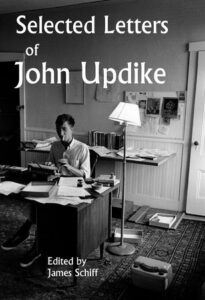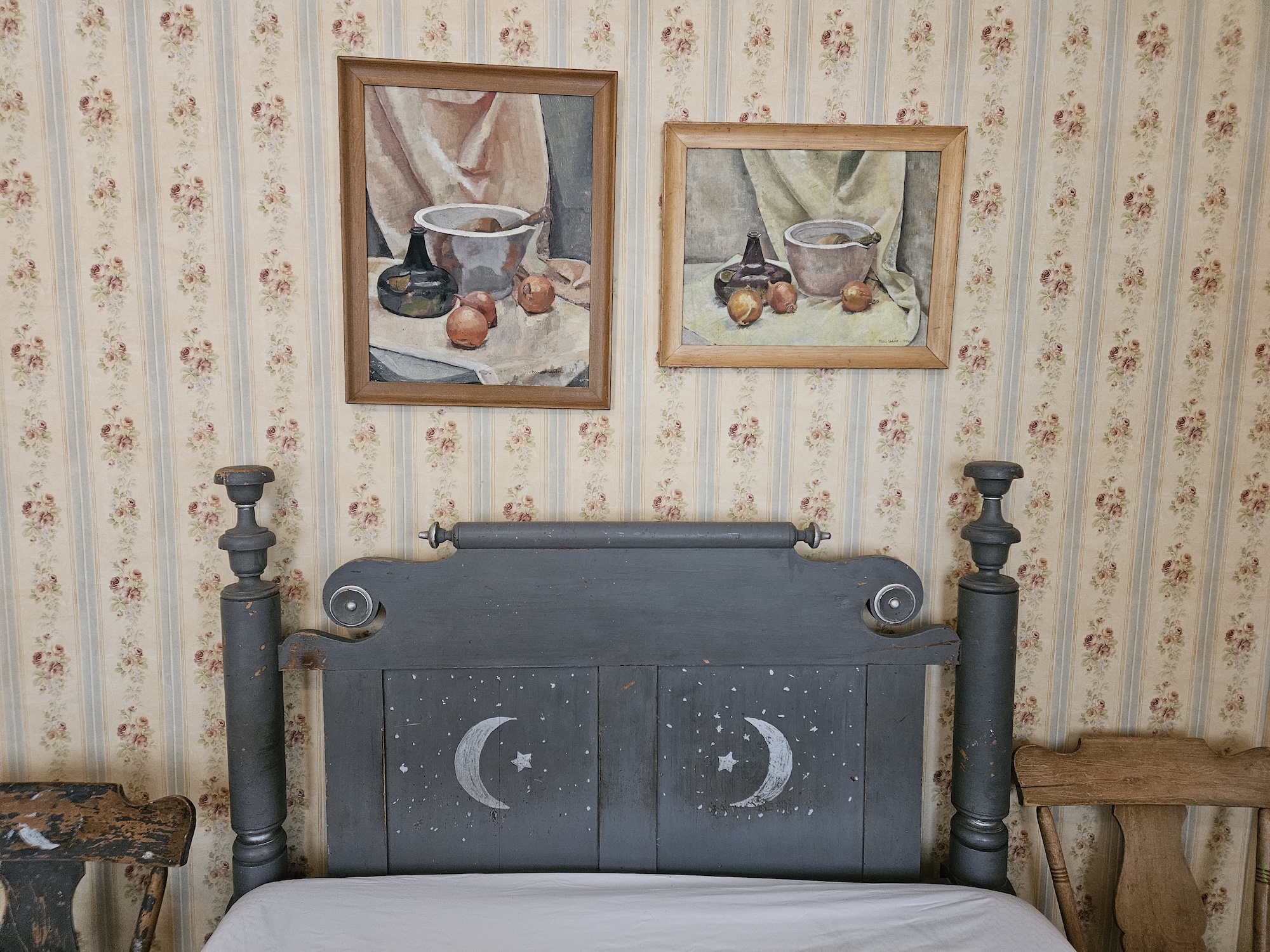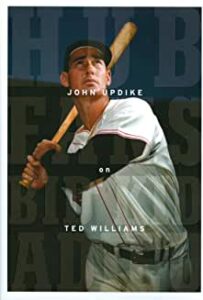 In his introduction to an interview he conducted with James Schiff, Joe Donahue wrote, “John Updike remains one of the most admired and prolific voices in American Literature. Over five decades he produced novels, short stories, poems, criticism, and essays that examine faith and art, desire, and the American experience in all its complexity. . . . Now in the new book ‘Selected Letters of John Updike’ editor James Schiff offers readers a window into that private world drawing from decades of correspondence. Schiff presents a portrait of Updike as both craftsman and confidante, generous, witty, and endlessly reflective about writing and life.”
In his introduction to an interview he conducted with James Schiff, Joe Donahue wrote, “John Updike remains one of the most admired and prolific voices in American Literature. Over five decades he produced novels, short stories, poems, criticism, and essays that examine faith and art, desire, and the American experience in all its complexity. . . . Now in the new book ‘Selected Letters of John Updike’ editor James Schiff offers readers a window into that private world drawing from decades of correspondence. Schiff presents a portrait of Updike as both craftsman and confidante, generous, witty, and endlessly reflective about writing and life.”
Here’s the link to the WAMC Northeast Public Radio podcast.
More conversation about John Updike and the letters comes from a Radio Open Source interview with Michael Updike and Miranda Updike conducted by Christopher Lydon, a Boston-area fixture who interviewed John Updike on numerous occasions. In sending the link to the Updike siblings, Lydon wrote, “We want you to take a bow… and enjoy this piece as we do! You and Michael are heroic here, and funny and deep… And we all fall in love with your marvelous dad, all over again.”
Here’s the link to “John Updike’s Vocation.”
If you haven’t gotten a copy of the book yet, here’s a link to order from Bookshop.org, where every purchase supports local independent bookstores.

 On July 14, 2025, Virginia Pye posted an interview she did with writer Anne Bernays for Cambridge Day: “We had fun.” Bernays is a longtime resident of the Boston area and the author of 10 novels, two books of nonfiction with her husband Justin Kaplan, and a book on the craft of writing with fellow Cambridge author Pamela Painter.
On July 14, 2025, Virginia Pye posted an interview she did with writer Anne Bernays for Cambridge Day: “We had fun.” Bernays is a longtime resident of the Boston area and the author of 10 novels, two books of nonfiction with her husband Justin Kaplan, and a book on the craft of writing with fellow Cambridge author Pamela Painter. The remaining letters are directed to various editors, his parents (whom he addresses as “Plowvillians”), and others that collectively give some sense of his relationship with The New Yorker. The final letter, addressed to fiction editor Deborah Treisman, is a poignant one, given that it was written just 17 days before Updike passed away:
The remaining letters are directed to various editors, his parents (whom he addresses as “Plowvillians”), and others that collectively give some sense of his relationship with The New Yorker. The final letter, addressed to fiction editor Deborah Treisman, is a poignant one, given that it was written just 17 days before Updike passed away:
 “At the greengrocer’s on Monday morning they purchased still life ingredients. The Constable School owned a great bin of inanimate objects, from which Leonard had selected an old mortar and pestle. His idea was then to buy, to make a logical picture, some vegetables that could be ground, and to arrange them in a Chardinesque tumble. But what, really, was ground, except nuts? The grocer did have some Jamaican walnuts.
“At the greengrocer’s on Monday morning they purchased still life ingredients. The Constable School owned a great bin of inanimate objects, from which Leonard had selected an old mortar and pestle. His idea was then to buy, to make a logical picture, some vegetables that could be ground, and to arrange them in a Chardinesque tumble. But what, really, was ground, except nuts? The grocer did have some Jamaican walnuts. As part of a grand centennial year celebration, an episode of The New Yorker Radio Hour featured
As part of a grand centennial year celebration, an episode of The New Yorker Radio Hour featured  “Welcome to a distinguished residence where historic charm meets modern comfort. Spanning 2 grand Back Bay townhouses, this home offers city living at its finest. Originally built for the Lowell family & later home to John Updike, 151 Beacon features 3 bedrooms, 2.5 baths, & over 2,000 sq. ft. of sophisticated living space. Enjoy direct elevator access, a formal living room w/ gas fireplace, custom built-ins, & oversized windows framing picturesque Beacon Street views. The open-concept kitchen, enhanced by bay windows w/ striking John Hancock Tower views, boasts a central island & a second gas fireplace. The primary suite offers a luxurious retreat w/ an oversized walk-in closet & spacious ensuite bath. 2 additional bedrooms, a powder room, in-unit laundry, & two separate AC/heat units complete the layout. Set in a professionally managed, boutique building of just 6 residences, this home includes 1 tandem parking space & is around the corner from some of Bostons Historic landmarks.”
“Welcome to a distinguished residence where historic charm meets modern comfort. Spanning 2 grand Back Bay townhouses, this home offers city living at its finest. Originally built for the Lowell family & later home to John Updike, 151 Beacon features 3 bedrooms, 2.5 baths, & over 2,000 sq. ft. of sophisticated living space. Enjoy direct elevator access, a formal living room w/ gas fireplace, custom built-ins, & oversized windows framing picturesque Beacon Street views. The open-concept kitchen, enhanced by bay windows w/ striking John Hancock Tower views, boasts a central island & a second gas fireplace. The primary suite offers a luxurious retreat w/ an oversized walk-in closet & spacious ensuite bath. 2 additional bedrooms, a powder room, in-unit laundry, & two separate AC/heat units complete the layout. Set in a professionally managed, boutique building of just 6 residences, this home includes 1 tandem parking space & is around the corner from some of Bostons Historic landmarks.” British writer Diana Evans has written four acclaimed novels and, more recently, a collection of essays titled
British writer Diana Evans has written four acclaimed novels and, more recently, a collection of essays titled